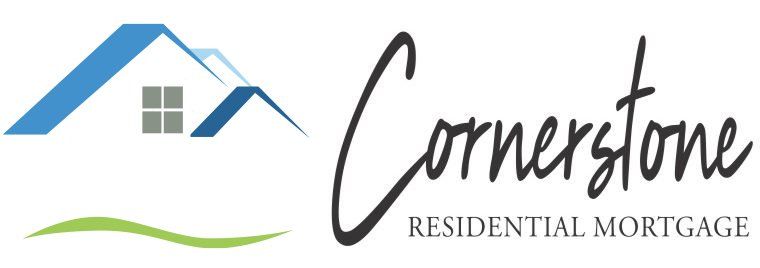Too Much Debt to Get a Mortgage? Your Debt-To-Income Ratio
- By Admin
- •
- 18 Mar, 2019
How do mortgage lenders determine whether you're spending too much to get your home? They look at both your income and your debt. Mortgage lenders want to see your debt under a certain amount of your income to feel comfortable lending you money for a home. If you currently have a lot of debt, it's going to need to be managed before you can get a mortgage.

Consider Front-End and Back-End DTIs
Most mortgage programs have both a front-end and back-end debt-to-income ratio. Your front-end DTI is the percentage of your income that goes toward your house payments. Your back-end DTI is the percentage of your income that is paid for all of your debt, including housing.
A mortgage program may have a 28 percent front-end and a 36 percent back-end, which is the standard rates. This would mean that they will not loan you 28 percent more than your income for a home. Further, it would mean that your home debt in addition to your current debt payments cannot exceed 36 percent of your income.
In addition, remember that your income picture is calculated through your gross income — which is your income before taxes are taken out — not your take home pay.
Thus, all of your debt payments reduce the amount that you can borrow for a home, because of the back-end debt-to-income ratio. So if you already have a debt-to-income ratio above 40 percent, you're not likely to get a loan at all.
Reduce Your Debt Before Acquiring a Mortgage
Pull your credit report. Your credit report will contain a complete list of debts — the same list of debts that your mortgage lender will use to determine your debt-to-income ratio. Here are some steps you can take to reduce your debt:
- Pay down all of your credit cards. Your credit cards report their minimum monthly payment as a minimum required debt. If you regularly carry a balance on your cards, your monthly debts may look like more than they actually are.
- Get on a PAYE or IBR student loan repayment schedule. Your minimum student loan payments are going to be taken into account in your debt calculations. If you currently pay more than you would under PAYE (Pay as You Earn) or IBR (Income-Based Repayment), apply for these programs.
- Pay off any personal loans or installment loans. If you have personal loans for medical bills, vacations, or other big ticket items, paying them off before purchasing a home will offer you substantially more spending power.
- Consider paying off your vehicles if you are close. While an auto loan is often considered good debt (debt that show you're responsible), it may cut into the amount that you can spend for a property.
- Refinance debts you can't pay off. If you have high interest rates on credit cards, personal loans, or vehicles, refinance them at a lower rate. This may allow you to put more money against a home. However, remember that refinancing may hit your credit score negatively for a few months.
In addition to the above suggestions, consider recalculating your income. Your income picture should include any regular bonuses, over-time, and part-time work that you complete.
A mortgage lender can tell you more about what you need to do to meet your debt-to-income ratio. In general, it's a good idea to shed all of your existing debt before you get a home (other than long-term debt, like student loans), because every dollar you don't have in debt is a dollar that you can pay towards your property. To get started, contact Cornerstone Residential Mortgage to get your estimates.



